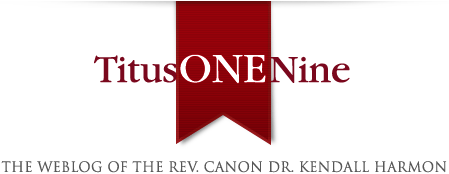If they’d been asked to write an autopsy of their marriage, Walter and Amanda Smith might have agreed that the cause of death was their lack of understanding of the institution. By the summer of 2021, they were like two people who had formed their own country before agreeing on the rules of citizenship. Walter was drinking too much and going through the motions; Amanda felt trapped and separated from the identity she’d been handed as a child. “I was raised to be a ray of sunshine inside,” she liked to say. “I’m supposed to be the joy of the room.” To which one day Walter blurted out, “You are not a ray of sunshine. You’re a black cloud.” Since they’d collided 10 years earlier in a Texarkana roadside bar — Amanda was the waitress who didn’t mind that Walter had already had too much to drink — they’d never spent a night apart. Both were easy on the eye and quirky and impulsive and extraordinarily willful. Both were also unhappy. Walter had ballooned to 250 pounds and was going through two six-packs of Budweiser a night. Amanda had decided that marrying Walter Smith after knowing him for only five months was the biggest mistake of her life — which was saying something.
Still, at first glance, they appeared to have built a life together. They’d bought a place with land around it outside De Queen, Arkansas. Walter had taken a good, if all-consuming, job fixing anything that broke inside a massive coal-fired power plant an hour’s drive away. At one stretch, he worked 12-hour shifts for 93 straight days. They’d accumulated a vast number of animals: chickens, goats, rabbits and cats, along with a surprising number of dogs. “I pick up dogs off the side of the road,” explained Amanda. Inside of six years, Amanda had given birth to three children and was pregnant with a fourth. Walter insisted on naming their first, a boy. Hunter, he’d called him, after one of his favorite writers, Hunter S. Thompson. By cobbling together names from Amanda’s side of the family, he’d named their second child, too, a daughter: Alaina. After that, Amanda seized back the naming rights and, for reasons Walter has never learned, called their third child Henry. The fourth time around, Amanda was racked with indecision. “Infant Smith,” read the baby boy’s birth certificate for the first three months after his birth. “I thought, she’s going to come up with some wild shit,” Walter said. “And one day she says it: Johnathan. And I’m like, ‘You got to be sh*&^ing me.’ It took you three months to call him John Smith?”
At a glance, they were a union, but by the summer of 2021, they were engaged in something closer to civil war. “I’m doing all the things I’m supposed to do,” Walter said. “But I wasn’t willing to do the shit that made her happy. I was doing the shit that would shut her up. I would do everything I could to keep her off my ass so she would feel guilty to ask me to quit drinking.” For example, he knew that Amanda wanted to rely less on processed foods and more on what they grew themselves. The soil on their farm was poor — just gravel and red clay that required a pickax to dent. And so before Amanda could think to ask him, Walter hauled in endless sacks of enriched soil and erected four massive garden beds.
As he worked, Alaina, then 5 years old, went out to watch and play. She loved hanging around her father. Making mud pies was her favorite hobby. Walter thought nothing of it until he looked up and saw Alaina enveloped in a dust cloud. “Hey, baby, get out from downwind of that,” he said. For a moment, he worried about the effect on her lungs of the dust. But then Alaina moved, and Walter returned to the job of making his wife unhappy.
And so their small nation was divided when its first external threat presented itself. The moment from Sept. 10, 2021, is still vivid in Amanda’s mind. “Hunter runs in and says, ‘Mom, when I’m talking to Alaina, she’s not talking back to me.’”
Read it all.
